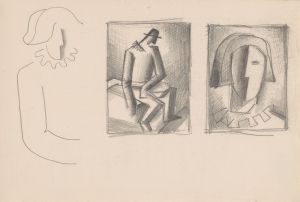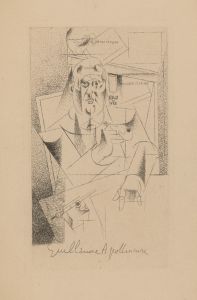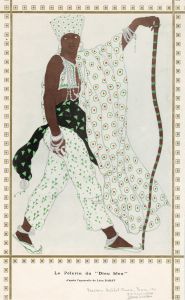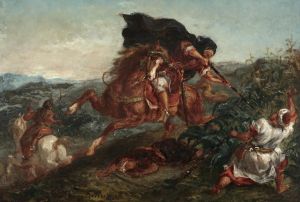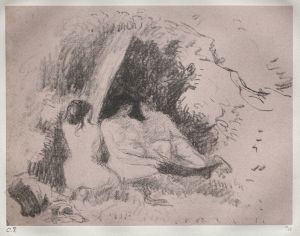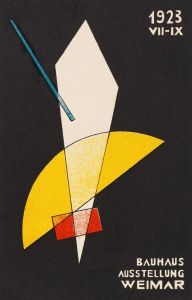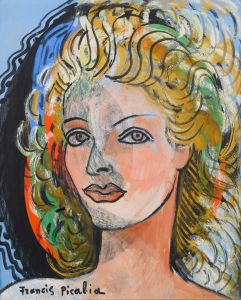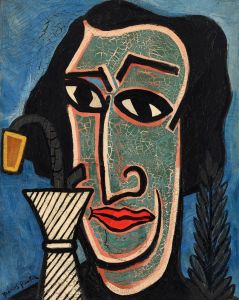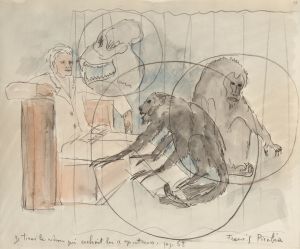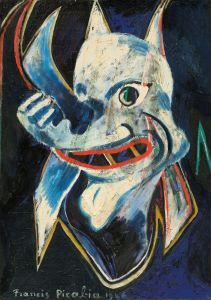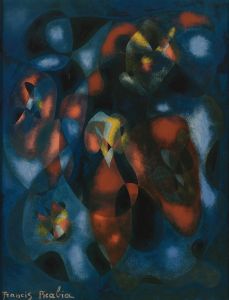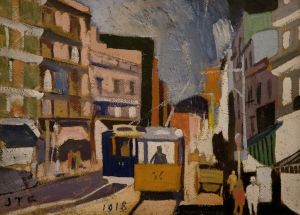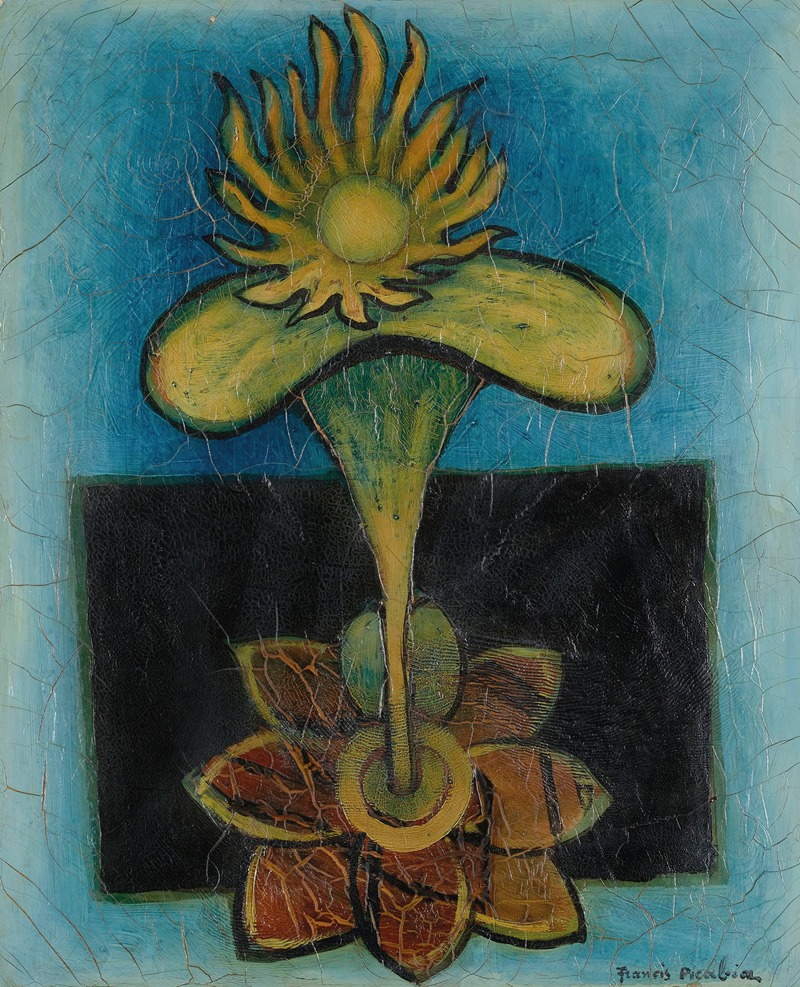
La fleur
A hand-painted replica of Francis Picabia’s masterpiece La fleur, meticulously crafted by professional artists to capture the true essence of the original. Each piece is created with museum-quality canvas and rare mineral pigments, carefully painted by experienced artists with delicate brushstrokes and rich, layered colors to perfectly recreate the texture of the original artwork. Unlike machine-printed reproductions, this hand-painted version brings the painting to life, infused with the artist’s emotions and skill in every stroke. Whether for personal collection or home decoration, it instantly elevates the artistic atmosphere of any space.
Francis Picabia's "La Fleur" is a notable work by the French avant-garde artist, who was a pivotal figure in the Dada movement and later associated with Surrealism. Picabia, born in 1879 in Paris, was known for his diverse and eclectic style, often challenging traditional artistic norms and embracing a wide range of influences throughout his career. "La Fleur," which translates to "The Flower" in English, is one of his works that exemplifies his innovative approach to art.
Picabia's career was marked by a constant evolution of style, and "La Fleur" is a reflection of his ability to blend different artistic movements and ideas. Although specific details about the creation date and the exact stylistic elements of "La Fleur" are not extensively documented, it is consistent with Picabia's broader body of work, which often incorporated elements of abstraction, mechanization, and a playful yet critical approach to traditional subjects.
During the early 20th century, Picabia was heavily involved in the Dada movement, which emerged as a reaction to the horrors of World War I. Dada artists, including Picabia, sought to reject the conventional aesthetics and logic of the time, instead embracing chaos, absurdity, and a questioning of the very nature of art. This context is essential in understanding Picabia's work, as it often defied categorization and embraced a spirit of rebellion against established norms.
"La Fleur" can be seen as part of Picabia's exploration of themes related to nature and technology, a common motif in his work. He frequently juxtaposed organic and mechanical forms, reflecting the rapidly changing world of the early 20th century, where industrialization and technological advancements were transforming society. This interplay between the natural and the artificial is a hallmark of Picabia's artistic inquiry.
Picabia's work, including "La Fleur," is characterized by its bold use of color and form. He often employed vibrant hues and dynamic compositions, which conveyed a sense of movement and energy. His approach to painting was experimental, and he was known for his willingness to break away from traditional techniques and materials, sometimes incorporating unconventional elements into his works.
Throughout his career, Picabia maintained a close association with other avant-garde artists and intellectuals, including Marcel Duchamp and Guillaume Apollinaire. His interactions with these figures influenced his artistic development and contributed to his reputation as a leading figure in the avant-garde community.
"La Fleur," like many of Picabia's works, invites viewers to question their perceptions of art and reality. It challenges the viewer to consider the relationship between form and meaning, and the ways in which art can transcend conventional boundaries. Picabia's legacy as an artist is marked by his relentless pursuit of innovation and his ability to provoke thought and discussion through his work.
In summary, while specific details about "La Fleur" are limited, it is emblematic of Francis Picabia's broader artistic vision and his role as a pioneer of modern art. His work continues to be celebrated for its originality and its impact on the development of 20th-century art movements.





